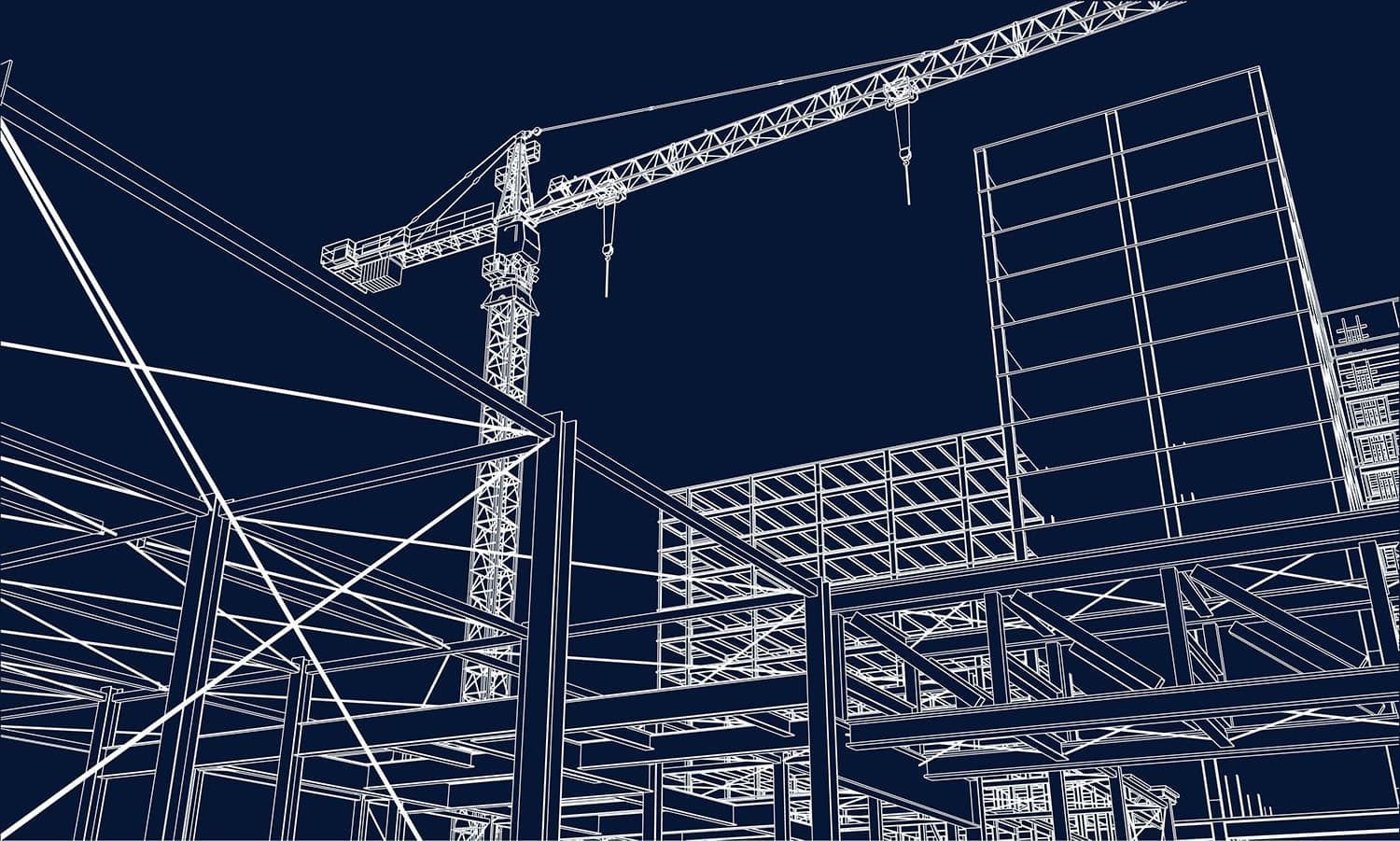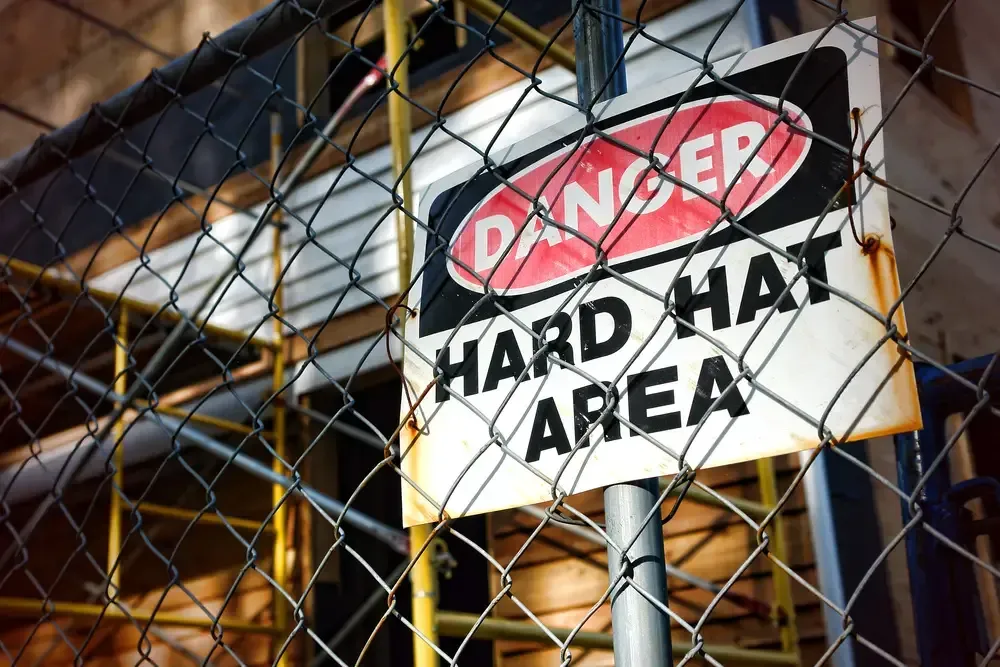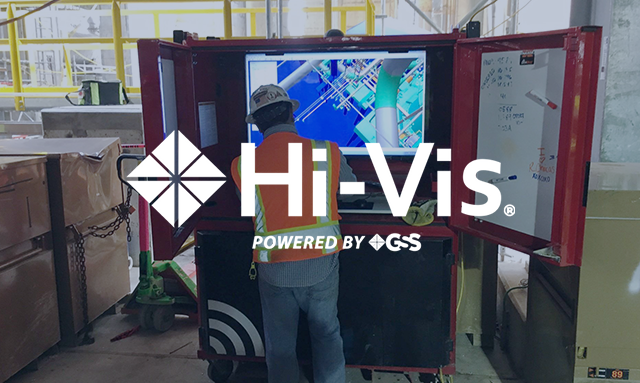The Future Of Scaffolding
Scaffolding has been a part of construction for almost as long as people have been building. There is evidence of scaffolds being used as far back as ancient Greece, in the 5th Century BCE. Although the earliest forms of scaffolding were wooden beams or bamboo lashed together with rope, it has evolved into sophisticated engineered systems coordinated through the use of advanced software solutions.
After looking back at how far it has come, the next obvious question would be, “What will the future of scaffolding look like?” Read on to learn more about how these systems are evolving to meet the needs of the modern jobsite.
What is ‘Smart Scaffolding?’
One of the most exciting scaffolding innovations of the last few years has been the rise of “smart” or “autonomous” scaffold systems. These come equipped with a variety of sensors that detect changes in wind speed, excessive vibrations, uneven weight distribution and more. This data is fed to software that analyzes it and generates alerts whenever potentially unsafe conditions are detected.
With these systems, builders can be notified immediately when there is a risk of scaffolds being overloaded or becoming structurally unsound. They also can trigger automated safety protocols such as closures or real-time alerts for workers in the field. This has the potential to drastically improve worker safety on the jobsite, because it gives contractors an opportunity to be proactive and resolve any issues before they can lead to injuries.
Modular Scaffolding and Augmented Reality
When reviewing scaffolding technology in 2024 and beyond, it’s hard to ignore the impact of modular scaffold systems. Made with standardized components, these are easier to erect and dismantle, saving time on the job. Their highly adaptable nature also makes them capable of fitting into virtually any project requirements because they can be assembled in a limitless number of configurations and still provide the same level of strength and stability. These also represent the future of scaffolding because advancements in lightweight materials such as aluminum alloys make them easier and most cost-effective to ship and assemble.
Adding to the convenience of modular scaffolds is the use of augmented reality or virtual reality systems for implementing them and training workers. These technologies make it possible to overlay digital models of scaffolding on the real-life jobsite to ensure precise placement and assembly.
Seeing what the finished scaffold should look like when properly implemented can be helpful in avoiding mistakes that can have a negative impact on its structural integrity. Using virtual reality also gives workers a simulated environment in which they can learn proper safety techniques without any actual risk.
Sustainable Scaffolding
Another of the most interesting scaffolding innovations to influence the industry is the use of sustainable materials. These can range from recyclable steel to even bamboo, returning scaffolding to its origins.
Engineered wood is another popular choice for eco-friendly scaffold systems because it is renewable, recyclable and biodegradable. Using these helps reduce the impact scaffolding has on the environment, saving resources and preventing pollution caused by manufacturing activities.
Scaffolding Software Systems
Through advanced software platforms, builders and contractors can utilize their scaffold assets in the most effective and efficient manner. Software is a vital tool for the industry in part because it enables 3D modeling that simulates safe and efficient scaffold installations.
It also provides inventory management capabilities that prevent project delays and asset losses. Stakeholders also can take advantage of collaboration tools to provide seamless communication throughout the project.
The Future of Scaffolding Is Here
If you want to know what the future looks like for scaffolding, simply look around you. From the materials used to build the components themselves to the software that coordinates their deployment, today’s scaffolding systems are more advanced and effective than ever before.
Global Site Solutions is leading the charge and taking these systems to new heights through our state-of-the-art software platforms. If you’re ready to embrace these innovations, the first step is to
reach out and talk to one of our representatives today.
You might also like
GSS Blog
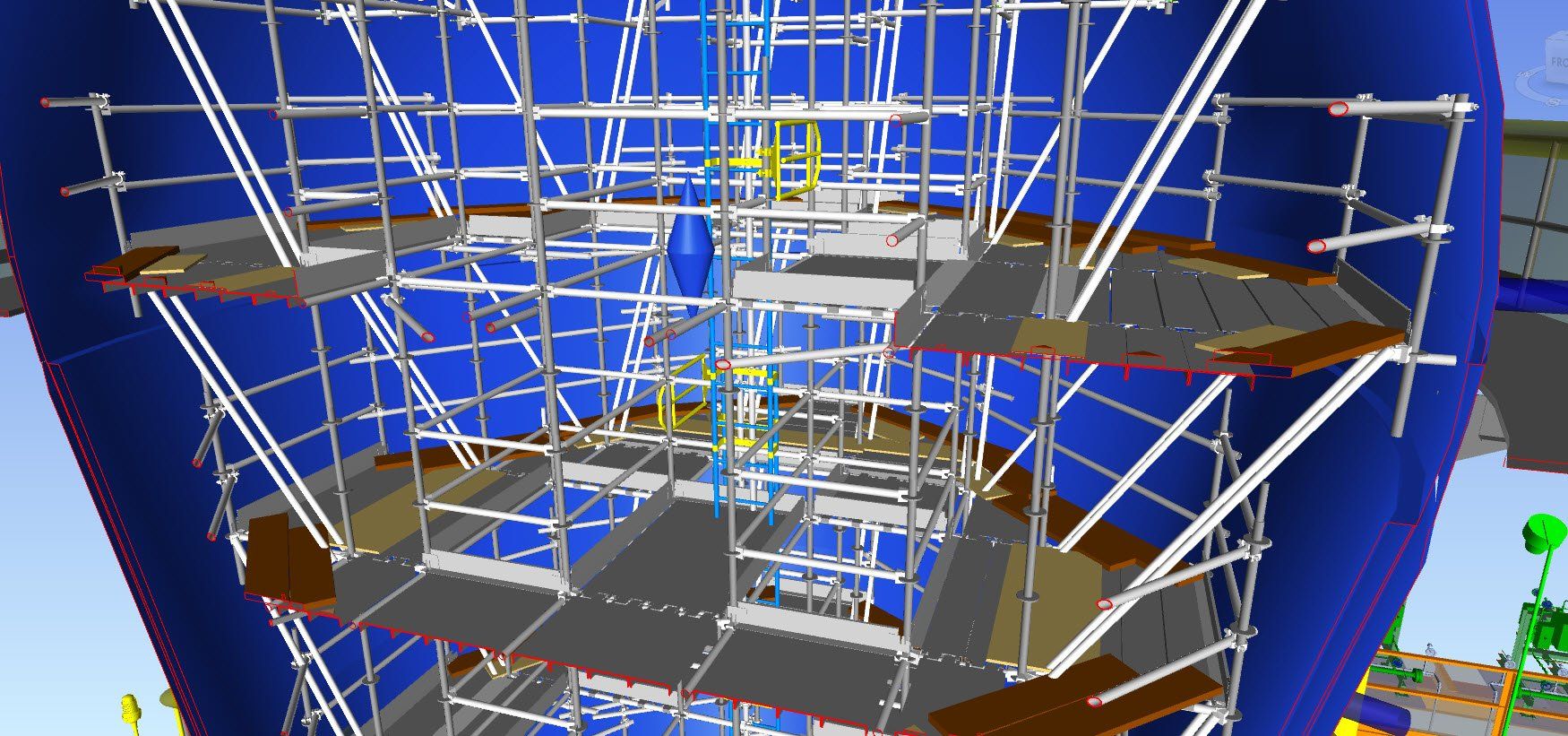


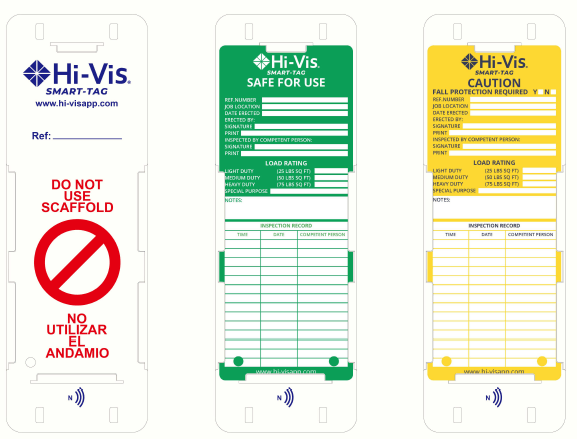
Navigation
Get in Touch
Houston Office
11821 East Freeway, Suite 550
Houston, Texas 77029
Mon-Fri 8:00am-5:00pm
Sat-Sun Closed
Global Site Solutions, LLC, All Rights Reserved



